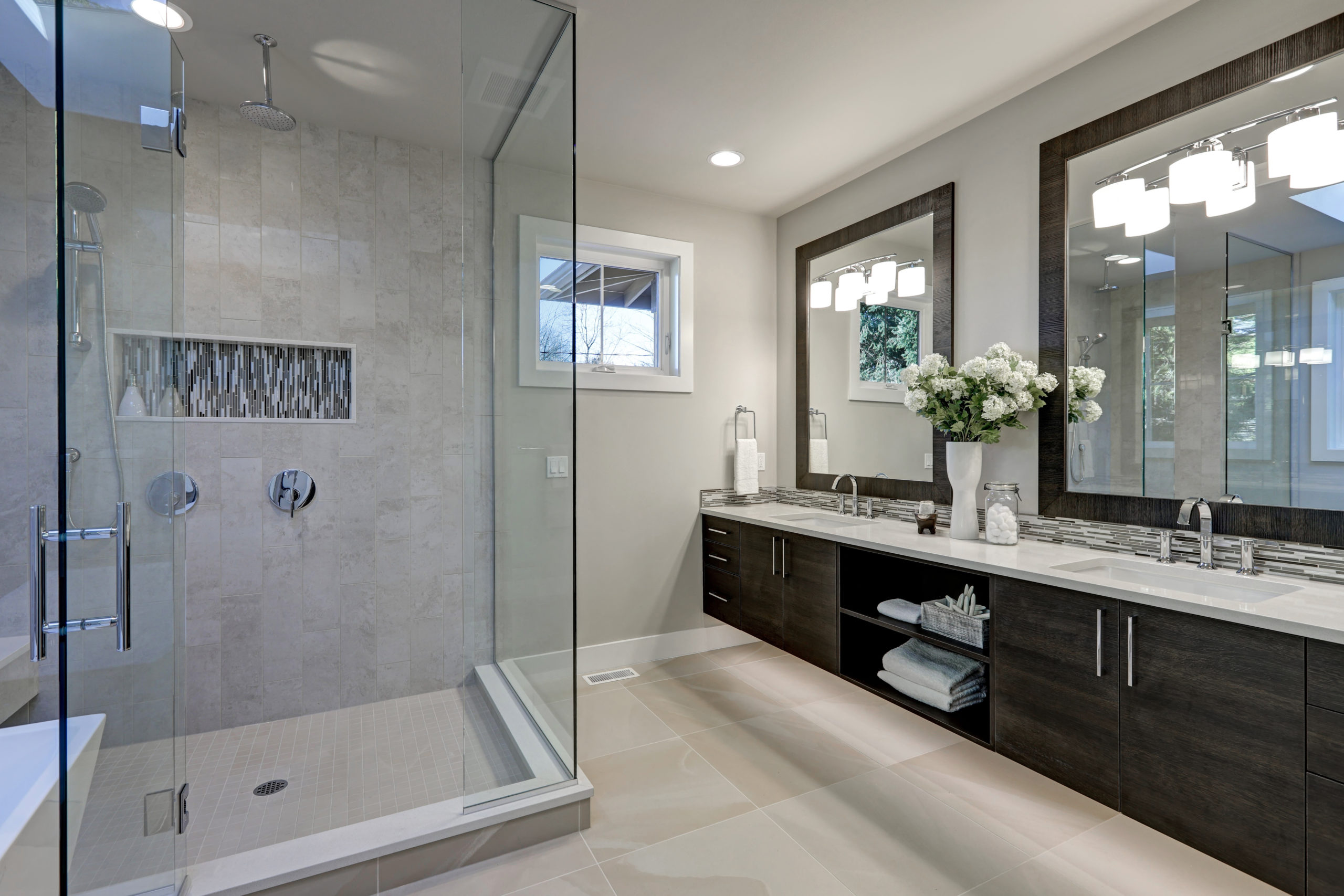Have you been trying to find critical info concerning How to Build a Shower Enclosure for Your DIY Bathroom?

A successful shower setup requires cautious preparation as well as a lot of job. Most of the times, you will require to do 3 sorts of jobs: framing walls, setting up the plumbing, as well as finishing walls.
Preparation
Firstly, you should decide on the kind of shower that you want to set up. It is very important to identify whether the selected shower is capable of managing particular systems and also can regulate a safe level of water with the boiler. A lot of shower systems nowadays are designed to be adaptable to different water stress (such as stored hot water and also cool keys).
It is additionally important to think about the water stress and the planning of the piping and drain for the shower
Different Kinds Of Shower Units
Approach
Depending on the sort of shower you want to set up, the shower head need to either be fitted in order to prevent its contact with the water in the bathroom listed below or the base tray, or it should have a check shutoff.
Prior to starting, it is a good idea to mark the placements of the shower head as well as control, as well as to intend the pipe-work entailed. Additionally, the drainage system to eliminate the drainage will certainly need to be prepared. Both positions of the cable course as well as the shower button will certainly additionally need to be taken into consideration if an instant or electrical shower system is being mounted.
Utilize the instruction overview offered with the shower unit to fit the shower control.Before fitting the pipelines that will provide the water to the shower system, it is very important to cut off the water supply. In order to protect the pipes, they need to be provided a water-proof covering and likewise fitted with separating shutoffs. The pipelines can after that be hidden right into the wall surface and also smudged over to neaten the general appearance.
Fit the base tray, shower head, as well as fittings.
Connect the main shower control to the pipes that will be supplying the water (This may require a female screw string adapter).
Reconnect the supply of water and test the pipelines for any kind of leaks, as some may require tightening up.
If you are installing an electric shower, keep in mind to turn off the power supply prior to making any electric links. Once these links have been made (there should be support within the user's manual), the power supply can be switched back on.
Changing Water Stress to Fit Your Shower
The cold water reservoir can be lifted to a better elevation (often as low as 150mm (6inches)) by fitting a strong wood support beneath it - possibly made up of struts and blockboards. If you pick this choice, the main as well as circulation pipes will certainly additionally have to be raised to satisfy the brand-new height of the tank.
Conversely, a booster pump (a single pump or a dual/twin pump) can be fitted. Whichever type is selected, it has to be connected into the power supply in order to operate.
Piping and Drainage
It is best to make use of 15mm size supply pipelines, as well as make the runs to the shower as brief as well as straight as possible so regarding preserve optimal stress and reduce warm loss. Furthermore, by minimising making use of arm joints for pipe corners, you can decrease the resistance in the flow of the water system. You can achieve this by flexing the pipelines instead.
The Majority Of Common Errors
Types Of Shower Enclosure: Which One Is Good For You?
Showers were god made. Common waterfall was the first ever natural shower mankind used. It rinses the bathers clean from head to toe and provide an efficient way of bathing.
Taking inspiration from nature, man designed the indoor shower. A dedicated room was built for the purpose of having a shower and was called the wet room. On the go, this became an essential space in a house.
We have seen people equipping their bathrooms with premium showerhead, soap and toothbrush holders, elegant faucets which give a contemporary look to bathrooms. However, most people do not understand the importance of keeping the bathroom dry and do not concentrate much on shower enclosures.
What are the advantage of using a shower enclosure?
To provide privacy To prevent water from flooding outside the bath area It makes the space more organized Types of shower enclosure doors – Sliding vs Hinged; Framed vs Frameless
Sliding shower doors are ideal as a space saving measure for smaller sized bathrooms. They could consist of 2 or 3 panels. However, it could be more difficult to maintain and clean the sliding tracks. The sliding door could also get stuck or the tracks could get bent. Hinged shower doors provide a larger opening into the wet area and ideal for large sized bathrooms. The hinges, though, could rust and the water may escape the shower door. Shower enclosure doors may also be framed or frameless. Frameless shower doors appear more elegant and have a clean, premium look. Most modern homes opt for the frameless option. They are also easier to maintain. However, they are costlier compared to the framed options. Framed shower doors are cheaper and have an easier installation. The frames may corrode over a period of time. https://buildpro.store/blogs/ideas/4-types-of-shower-enclosure

I hope you enjoyed reading our part on How to Build a Shower Enclosure for Your DIY Bathroom. Thanks so much for spending some time to read through our short article. Those who enjoyed our article if you please do not forget to pass it around. Thanks a lot for your time. Visit again soon.
Schedule Here